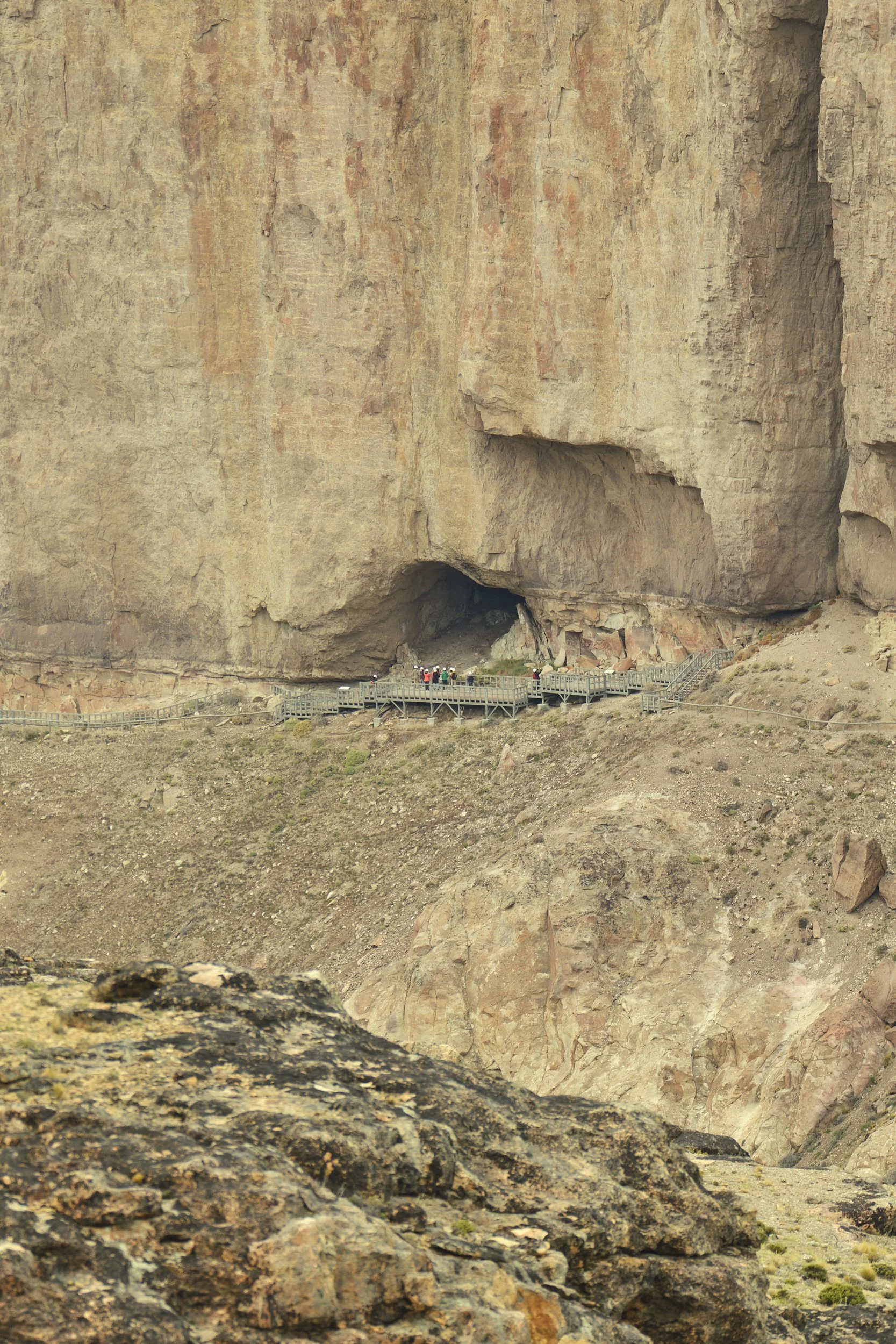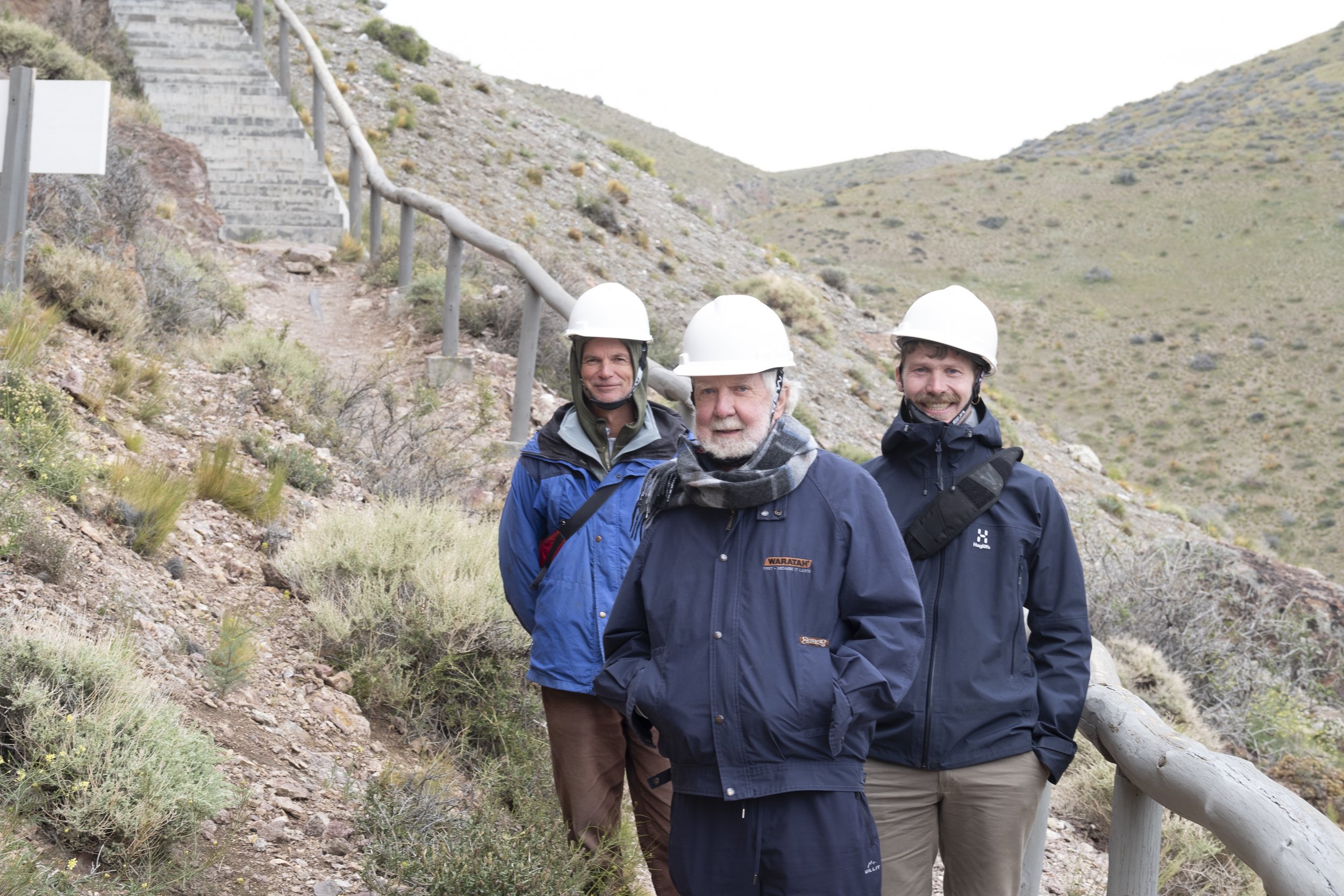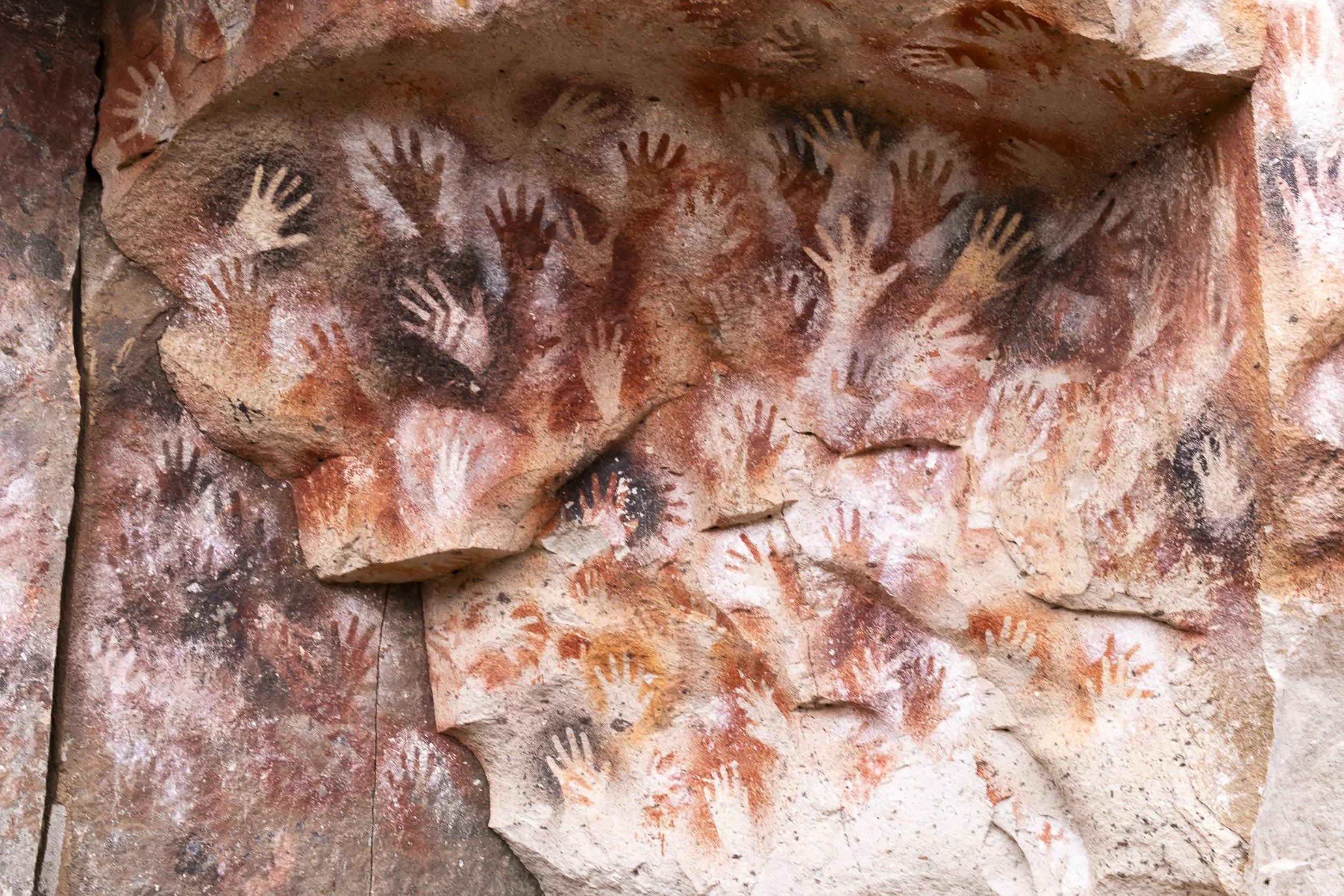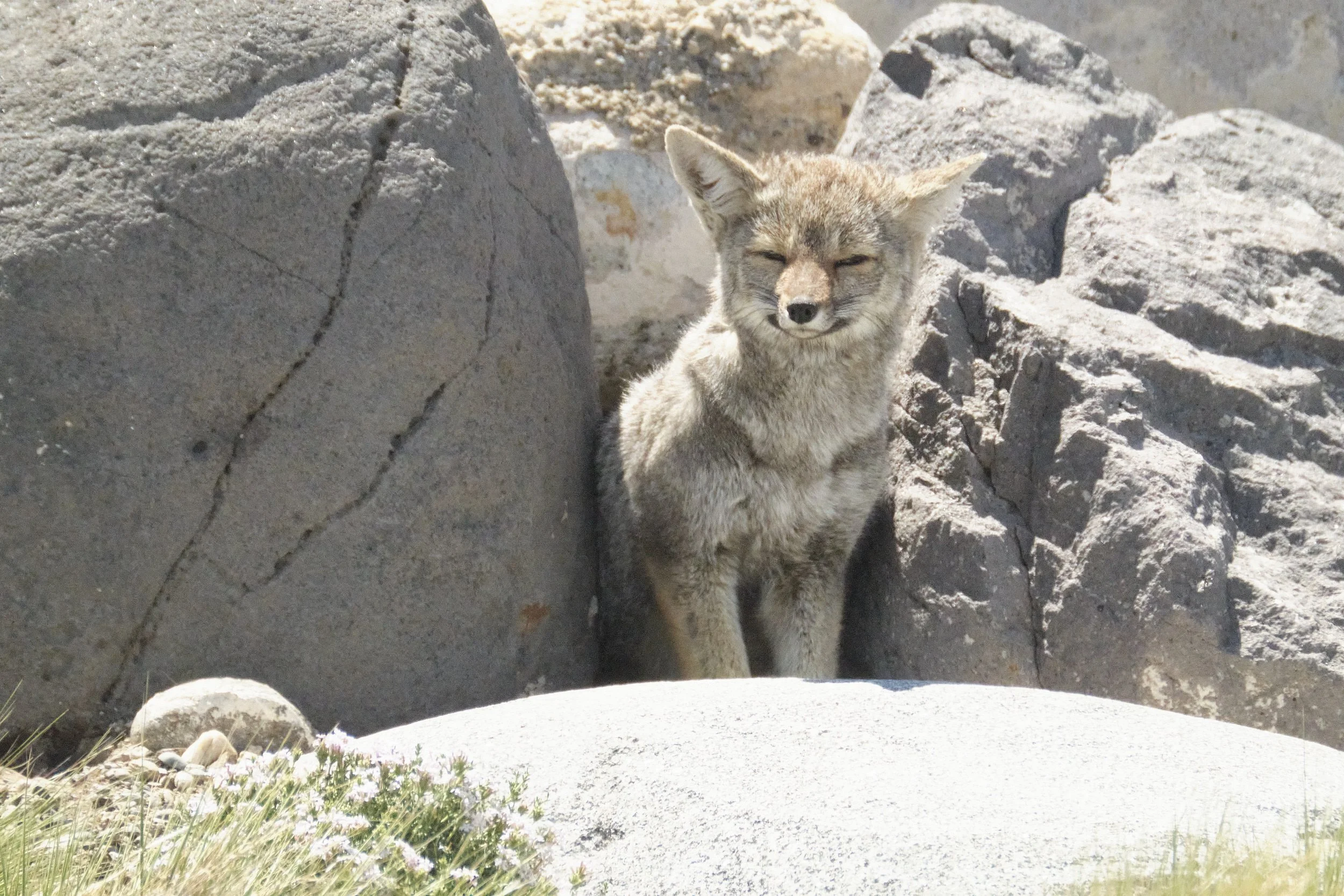Los Alerces National Park, Patagonia - December 4, 2024
Guanaco
It’s been a long time since my last post, not for the want of trying however. From Lagos del Furioso onwards we have been in the mountains at eco lodges where wifi has been sporadic at best and laundry non-existent. I’m writing this in haste in a cafe in a little town on the way to the airport for our flight to Buenos Aires, wifi still not the best so hope this post is in reasonable shape when I upload it.
Rather than a blow-by-blow description of the last 10 days I’ll pick a couple of highlights and let the images speak for themselves. One interesting note, this has been a trip characterized by immersion in new experiences, challenges to long-held ideas and assumptions and a growing awareness of ourselves and our own trajectories of aging and experience. Not least of these for me is the knowledge that my career as a photographer, particularly of wildlife, needs to be re-calibrated. For quite some time, years rather than months, my ability to use a pen or pencil has been severely compromised, I can barely write legibly due to age-related hand tremors. I’ve never been particularly troubled by this since virtually all written communication can be accomplished by email or at least electronic keyboards so not a major inhibitor. In contrast, I have been pleased that when I picked up a camera, my hands seemed to return to my former facility and my tremors seemed to disappear as long as I held the camera. I’m now very aware from examining my shots on this trip that I can no longer depend on this. My only steady shots on this trip were the ones taken of the parrots early on, when I used a tripod or landscape shots with light, wide-angled, short focal length lenses. My handheld wildlife shots are not crisp and in tight focus as they have always been. In fact, I simply can’t hold the camera steady enough to keep the subject in the frame with long lenses, really the only ones that can be used for wildlife, far less achieve acceptable focus. As a creative solution on occasion on this trip, Hugh volunteered to be my tripod, as you’ll see from the image below. A great option but I think that Hugh will agree, not the long-term answer.
I could sense the beginning of this on our recent African trip in June but have now accepted that this is my new reality. I will need to find solutions since wildlife shooting and tripods are an oxymoron but I have some ideas for solutions and Hugh will be pleased to know that they do not include him!
So, apologies in advance for the soft shots. Travel is broadening!
Hugh as a tripod
Armadillo
Back to our little armadillo from an earlier post. I have had some questions about him and why he had a picture but no explanatory text, so to rectify this oversight, he/she was about the size of a small chubby cat with very short legs. He was spotted along the side of a dusty dirt track, and when we approached he huddled down, tucked his legs under himself, and closed his eyes. I suppose he believed that if he couldn’t see us, we couldn’t see him!
We saw evidence of their presence at various times, holes dug in the ground and in the case of the parrots, holes dug down from the top of the cliffs to access the parrots’ nests but this was the only one we saw.
Very cute little guy.
When we left Lagos del Furioso we spent 4 or 5 hours driving to our next stop, La Posta de Los Toldos, in Patagonia Park (Argentina). Our way was hampered by the intense rain of the previous night and the mountain pass that we had planned to cross was impassable, washed out. This pass is the highest in the region and we had laboured up the muddy track up to the top of the pass but when we looked at our road down, a narrow dirt path carved into and zigzagging down the mountain, we could see that it was much muddier and wetter than our road up and was simply too hazardous for us to attempt. Our tires were caked with mud so that we had little traction and trying to make downhill hairpin curves at 2000 metres altitude with no guardrail was a recipe for disaster. We turned around and crawled our way to a safer road.
While in Posta de Los Toldos two major highlights were visiting La Cava de las Manos and the research station of Parque Patagonia.
As you will see from the pictures, La Cava de Las Manos, the archaeological jewel in the crown of the park hidden beneath an overhang on steep cliff walls above the Pinturas River Canyon, are more than 800 stencilled hand-prints and painted images of animals. These handprints encompass all ages and genders and are by a very high percentage, left hands. One speculates that the owner of each hand-print would have used their right hand to hold the paint applicator and would have then have been constrained to stencil their left hand.
Interestingly, when photographed with infra-red or ultra-violet filters many more prints and drawings can be seen which are too faint to be seen with the unaided eye.
La Cava de Las Manos from the top of the cliff on the other side of Pinturas River Canyon
Nobody fully understands why Patagonia’s nomadic hunter-gatherers crafted the graffiti, but we do know that the earliest images were created around 9,300 years ago using mineral pigments mixed with blood and fat, and that they continued to be added to for the next 8,000 years. They provide a glimpse of early life in the glacier-carved province of Santa Cruz and were overwhelming and compelling to examine and study.
Guido, Hugh and Rob on the way to the cave
La Cava de las Manos
As an aside, one of the funnier incidents of our time in this area, was coming across a very large red two-decker bus whose signage indicated that it was from Rotel Tours, filled with Germans preparing to enter La Cava as we were leaving the cave parking lot. We wondered how anyone could survive being cooped up in a two decker bus on the rough mountain roads but left and thought no more about it. As we left the 5k dirt road leading into the cave area we spotted a very large, red trailer parked by the side of the road and also signed Rotel Tours which contained 3 rows of small windows with 13 windows in each row. When we chatted with some fellow German guests at dinner that evening at our refugio’s common dining table we learned that Rotel means a rolling hotel and the trailer was towed by the two-decker bus we had seen in the La Cava parking lot . Seemingly the 34 guests on the bus each slept in one of the little capsules behind each of the windows that we had counted in the trailer and that and the two-decker bus was their accommodations for the trip. Apparently, with couples, the divider between compartments is removed to allow for a double bed…
When the weather is fine they eat outdoors on folding tables and chairs and when it’s was not I guess they eat in the bus. We tried to figure out to where they stored their belongings, where the bus cooked their food and whether they changed their clothes lying on their backs on their little capsule bunks, but when it came to the question of personal hygiene and the calls of nature we refused to speculate! One of our fellow diners said that he had checked out the tour on the web and thought that it was quite expensive. He claimed that it cost 5,500 euro a person which included an 18 day trip, all meals in, and includes the transatlantic return flights! The mind boggles.
Guanaco close-up
Our other interesting highlight in Patagonia Park was a day spent with 3 young guides and researchers from Rewilding Argentina, the NGO that owns the park. As I mentioned in earlier posts Rewilding Australia is an arm of the Tompkins Foundation who assembled the huge parcel of land that makes up Patagonia Park and purchased it privately. Their intent is to re-establish native flora and fauna, set up a sustainable economic base and then turn it over to the Argentinian government and people, much as they did in Chile. Most of our stops along the way on this trip have been in areas in which Rewilding Argentina have been working on projects along this line and we have been enormously lucky to have spent time with the scientists, researchers and guides who are all passionate and committed to this vision.
We were lucky enough to be invited to spend a day with these 3 young people at the research centre and out in the field. This is the first time that the organization has extended such a welcome and opened their doors to outsiders not officially involved in research or conservation with any national or international organization and all through Hugh’s long-time association with the NGO. Needless we were thrilled and honoured.
One of the purposes of the day was to try and get me in a position to get some shots of a puma. Rewilding has radio collars on the 13 pumas in the park and it was hoped that via satellite tracking and the VHF signal that each collar sends out we might be able to track and photograph one of the puma. We spent a fascinating day getting a first-hand look at the work of the organization in rewilding the region and spent considerable time bouncing around the countryside with an antenna trying to locate a puma. The park covers an area of 528 square kilometres so it was always going to be tricky to locate a puma in an area where we would be able to access it and so it proved. We did pick up a signal late in the afternoon but unfortunately it proved to be in an area that could not be reached by 4x4 and the hike would have been a test so we reluctantly have had to postpone it until our next adventure.
Jorge searching for puma with his VFH antenna
More to come!
Click on the map to to follow my route
